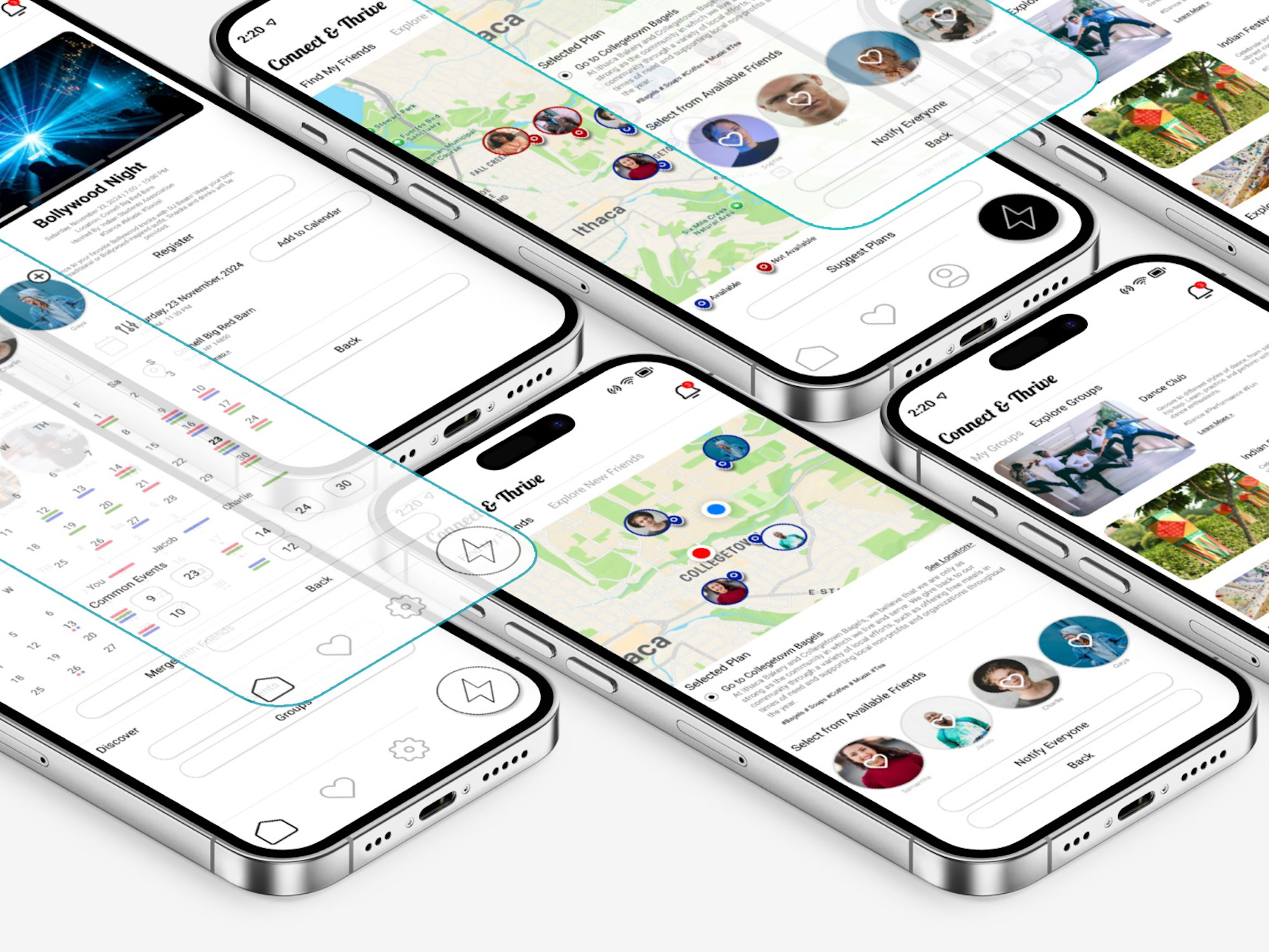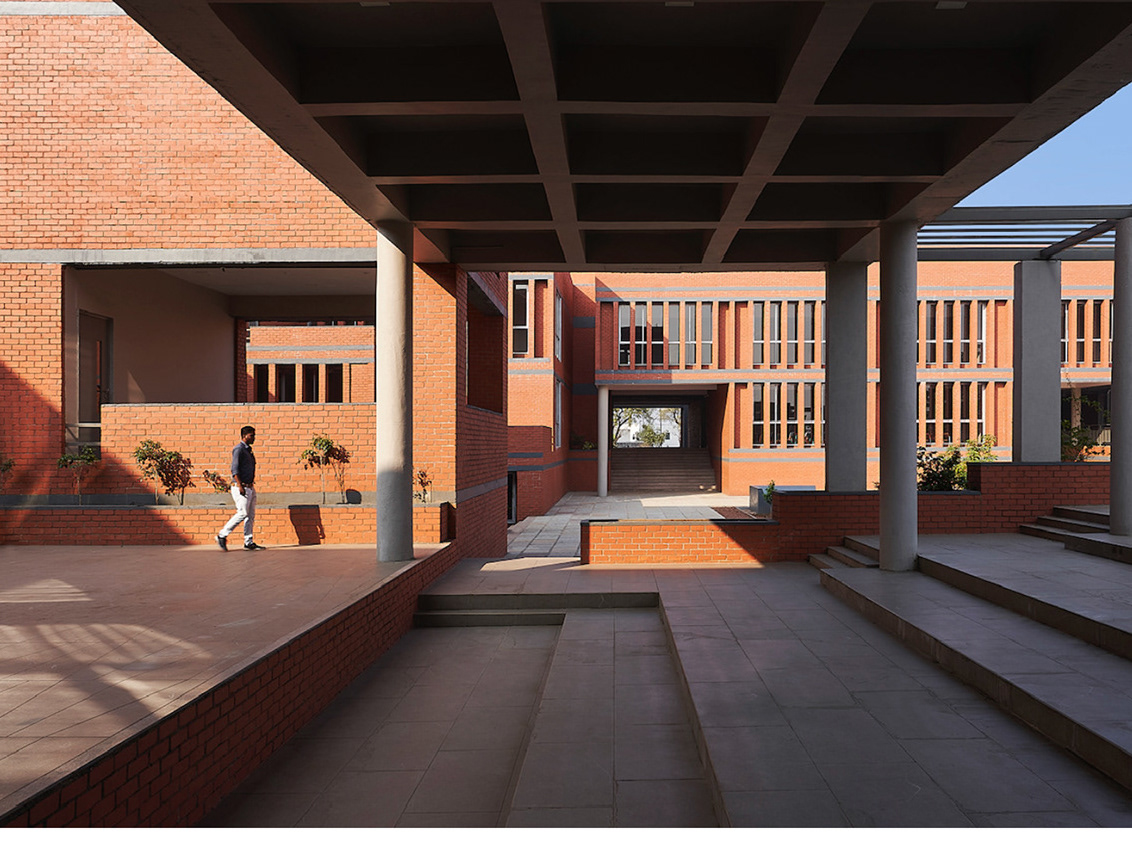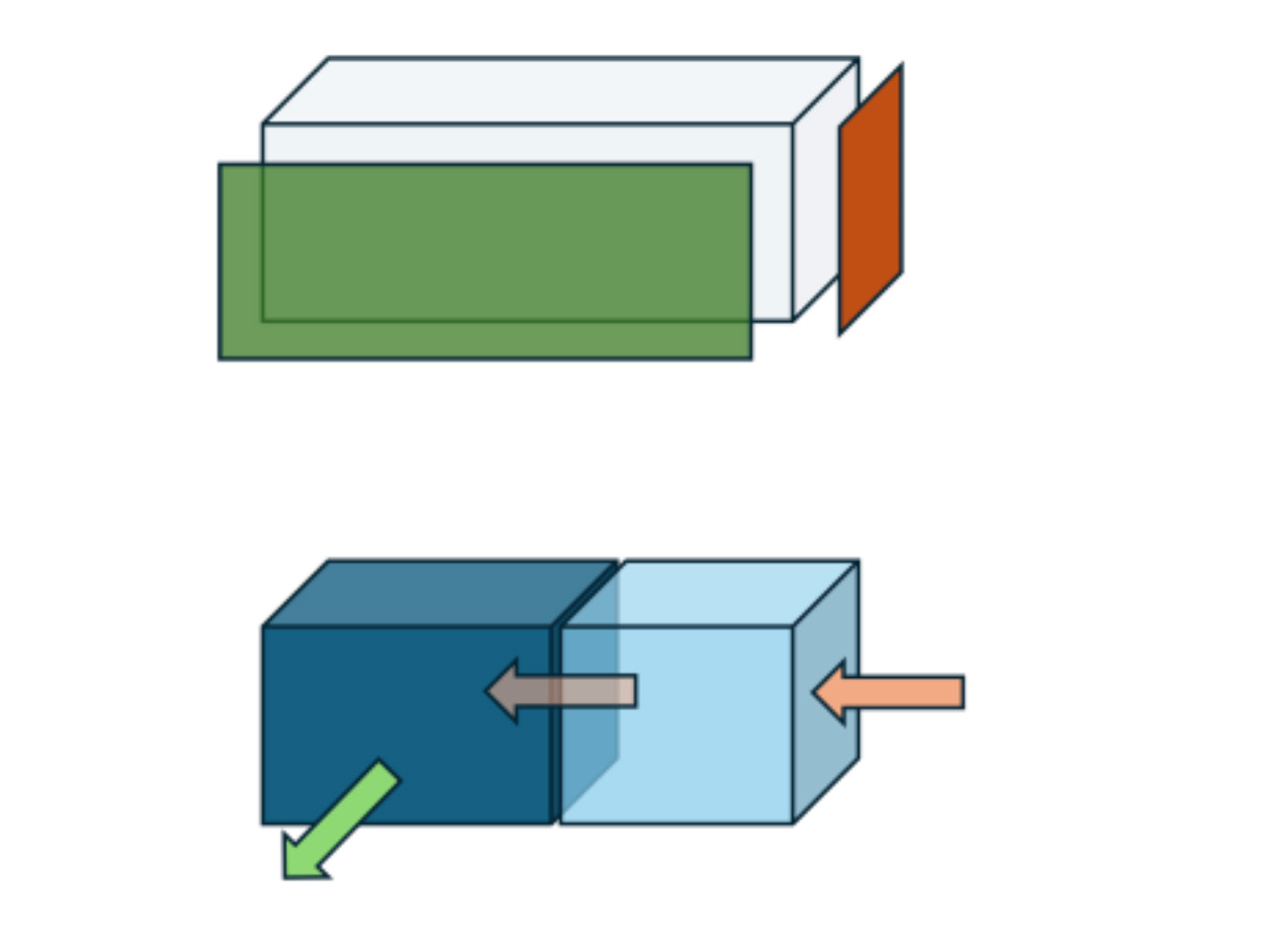Preserving cultural identity, one connection at a time...
A student-led exploration of how culturally meaningful hobbies shape belonging, memory, and mental well-being.
Role / UX Researcher & Designer working with four peers
Timeline / 4 moths
Methods / Contextual Interviews - Cultural Probes - Diary Studies - Competitor Analysis - Autoethnography
Tools / Figma, R-Studio, Google Workspace, Notion, Adobe Creative Suite
How it all began /
I still remember sitting across from a student who said, “I haven’t danced in months. I used to feel proud when I performed. Now, I feel guilty for missing deadlines.”
That moment stayed with us. We began wondering:
Why do the most meaningful parts of our identity (the music, the movement, the stories) quietly slip away during college?
Why do the most meaningful parts of our identity (the music, the movement, the stories) quietly slip away during college?
This wasn’t about productivity. It was about emotional survival. And design, we believed, could help hold that tension.
Not out of disinterest, but out of dislocation. They didn’t fit. Not on the schedule. Not on the syllabus. Not in the architecture.
So we asked /
How might we help students reconnect with cultural hobbies not as “time-pass,” but as anchors of identity and emotional wellbeing, especially in the liminal spaces of university life?
How might we help students reconnect with cultural hobbies not as “time-pass,” but as anchors of identity and emotional wellbeing, especially in the liminal spaces of university life?
Listening in fragments / HCD: Problem identification → Contextual Interviews
We began by listening, softly.
10 students from diverse cultural backgrounds, each holding pieces of their own fading rituals.
10 students from diverse cultural backgrounds, each holding pieces of their own fading rituals.
“I used to do rangoli every Sunday. I haven’t in two years.”
“There’s nowhere to play my music here, not without explaining it.”
“I feel like that version of me is slowly disappearing.”
“There’s nowhere to play my music here, not without explaining it.”
“I feel like that version of me is slowly disappearing.”
What we were hearing wasn’t about hobbies.
It was about loss. The kind that accumulates silently, without ceremony.
It was about loss. The kind that accumulates silently, without ceremony.
Choosing methods that hold space:
Traditional research tools felt too sterile for what we were exploring.
Surveys wouldn't hold grief.
Forms couldn't capture nostalgia.
Surveys wouldn't hold grief.
Forms couldn't capture nostalgia.
So we chose methods that invite emotion, ambiguity, and self-expression
Method 1: Cultural Probes + Diary Studies
/ Memory scrapbooks, Hobby timelines, Letters to future selves, Energy-based week diaries
These were not data collection tools. They were mirrors.
They gave participants permission to pause, reflect, and speak without linearity.
They gave participants permission to pause, reflect, and speak without linearity.

Complete Probe Packet

Scrapbook
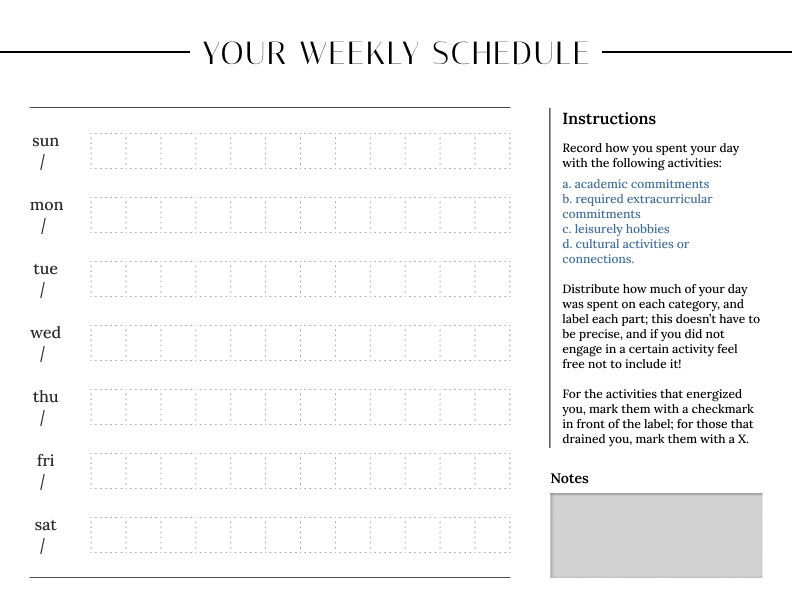
Hobby Schedule

Letter to yourself

Diary Study
Cultural Probe Packet

Scrapbook

Hobby Schedule

Letter to yourself A

Letter to yourself B
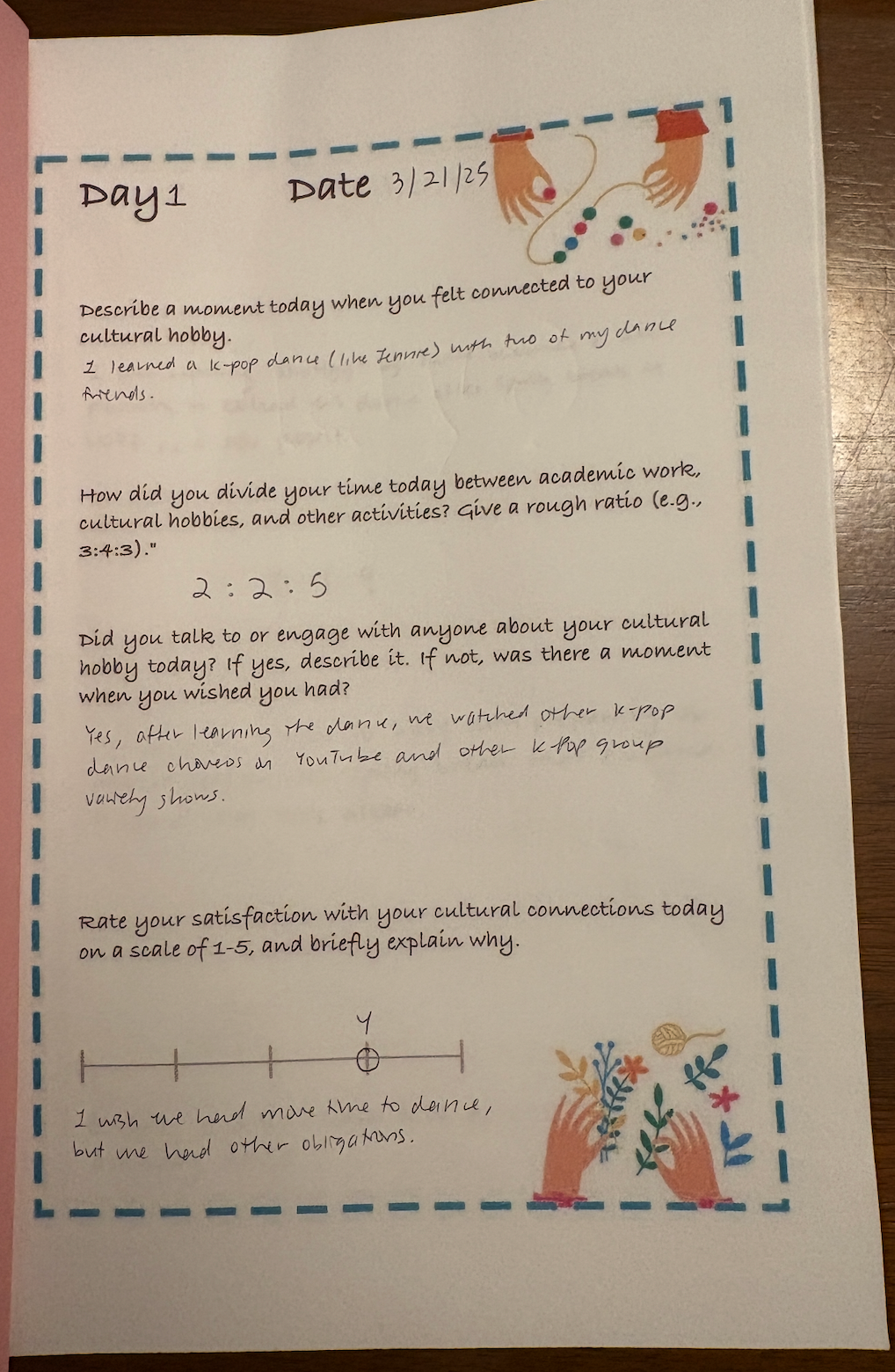
Diary Study
Packets returned from the Participants
Synthesis through feeling / HCD: Interview + probe synthesis → Affinity diagrams → Persona creation
We clustered notes not just by category, but by emotion: Longing, Hesitation, Quiet pride, and Guilt
We built a persona not around user goals, but emotional patterns.
Our main archetype: The Cultural Seeker
Someone who wants to return, but doesn’t know how.
Someone who doesn’t need structure, just invitation.
Our main archetype: The Cultural Seeker
Someone who wants to return, but doesn’t know how.
Someone who doesn’t need structure, just invitation.
Affinity Diagram
User Persona
Method 2: Auto-ethnography
/ We became our own field. Each of us chose a personal hobby and revisited it using digital platforms (Pinterest, Class101, YouTube, Instagram, and My Hobby Things).
We recorded not just actions, but feelings, frictions, absences.
“I followed the steps, but didn’t feel the joy.”
“I completed a task. I lost the ritual.”
“I completed a task. I lost the ritual.”
These methods weren’t about accuracy.
They were about inviting the truth to emerge on its own terms.
They were about inviting the truth to emerge on its own terms.

YouTube / Warli Painting

Instagram / Cooking

Pinterest / Food Illustration
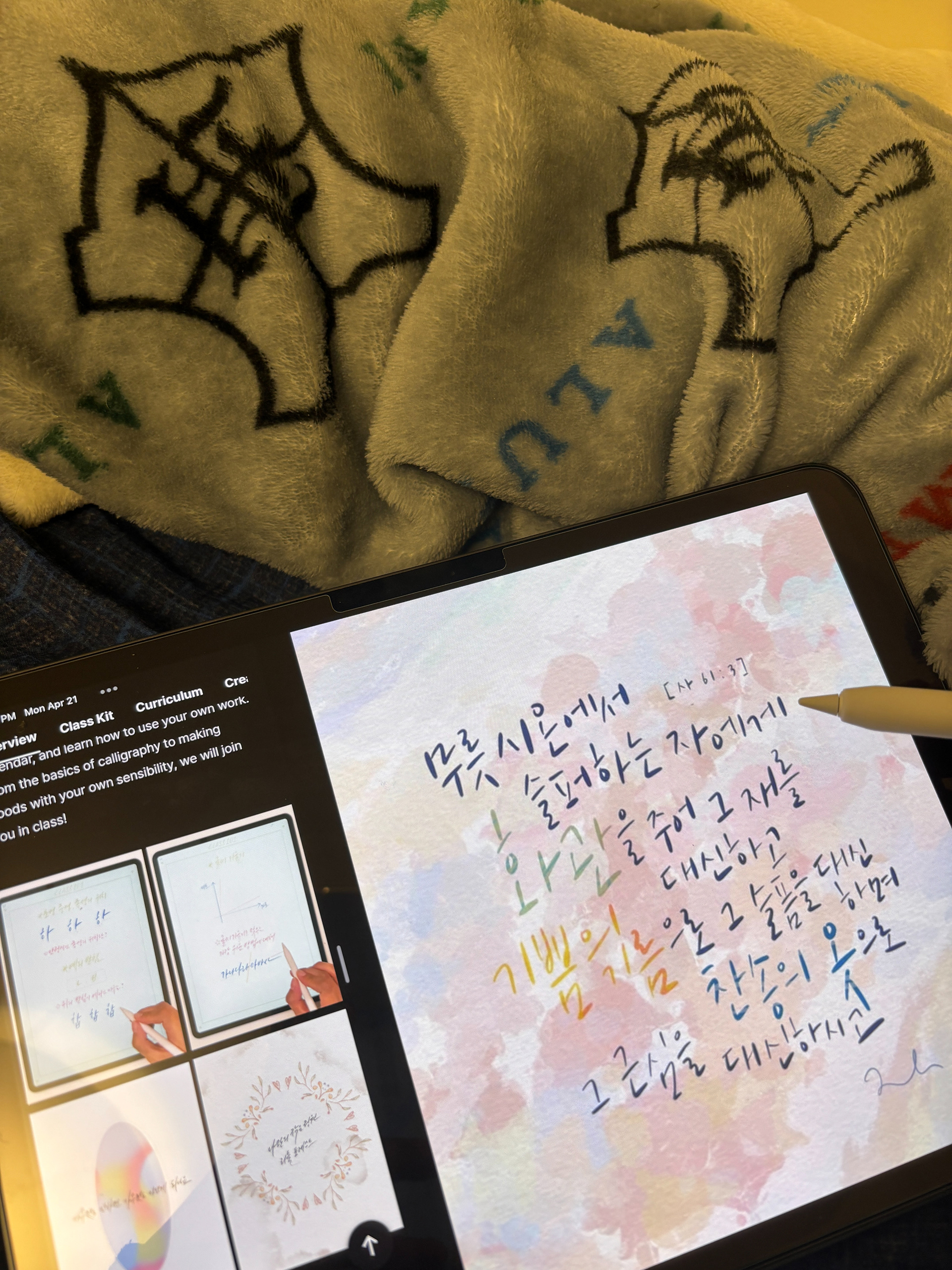
My Hobby Things / Calligraphy

Class 101 / Traditional Instrument
Auto-ethnography practice
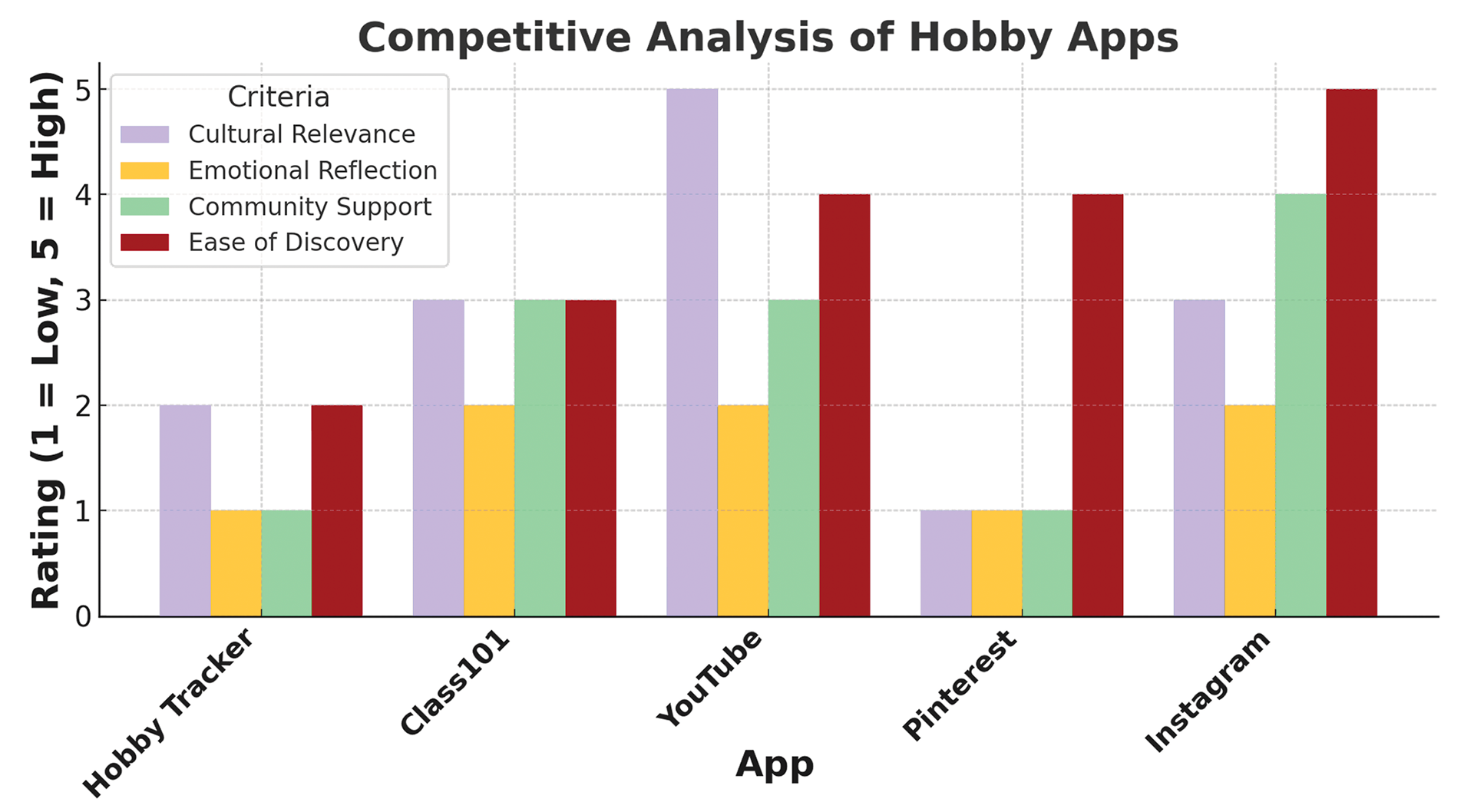


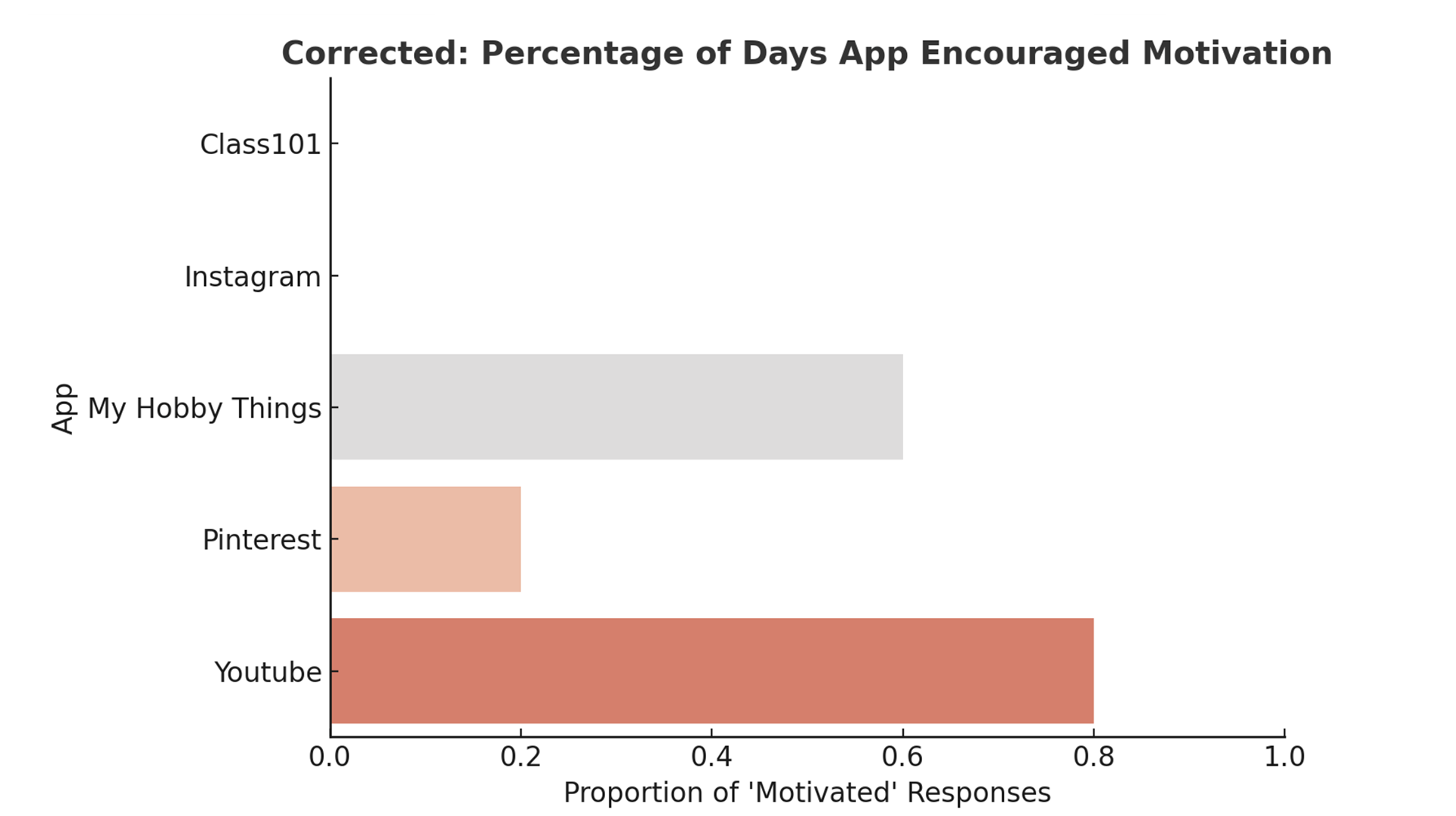

The design question
/ What would it mean to design for liminality?
/ Not for the planner. Not for the schedule.
/ But for the spaces in between?
/ Not for the planner. Not for the schedule.
/ But for the spaces in between?
We weren’t designing a product. We were designing a moment. A threshold. A whisper.
Something students would pass by and feel, even before they understood it.
Final Concept: Routes to Roots Kiosk / HCD: Ideation → Lo-fi → Final Solution
A reflective digital kiosk placed in transitional campus spaces (libraries, lounges, near stairwells) where students pause, wait, drift.
Key Features
/ Browse: See cultural hobbies your peers are quietly practicing
/ Reflect: Log your own memory or practice (even anonymously)
/ Connect: Get a gentle link to others, events, or resources
/ Receive: A follow-up prompt: “What would it mean to return to this?”
/ Insert looping video demo inside a warm-toned kiosk mockup
“This is not a prompt. It’s a portal.”




Final Screens
Why not an app?
/ Because students didn’t want another inbox.
/ They wanted: Presence, Ritual, A space that didn’t demand, but invited
The kiosk became a symbolic third place: not digital, not domestic, not academic.
Just… the in-between.
Just… the in-between.
Reflections
Designing Routes to Roots taught me that soft technologies are still radical.
That reflection can be a form of resistance.
That the smallest designs (scrapbooks, screens in hallways) can hold some of our most sacred stories.
That the smallest designs (scrapbooks, screens in hallways) can hold some of our most sacred stories.
We didn't design to solve a problem.
We designed to make space for something that was already there.
We designed to make space for something that was already there.
What’s next
/ Launch pilot kiosks with student orgs
/ Translate interface into multiple languages
/ Co-create new story layers with community artists
/ Build a collective digital archive of shared hobbies and rituals






